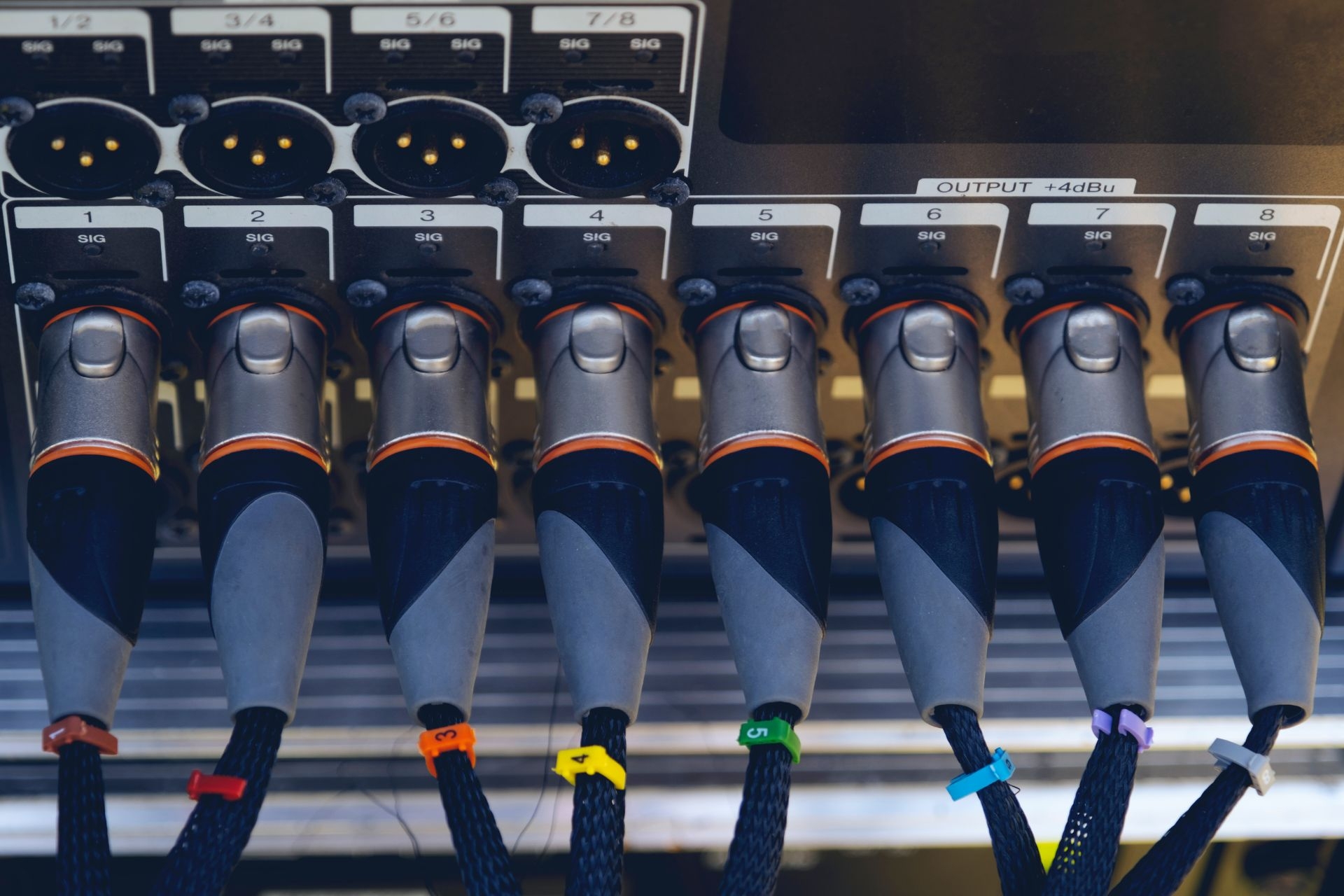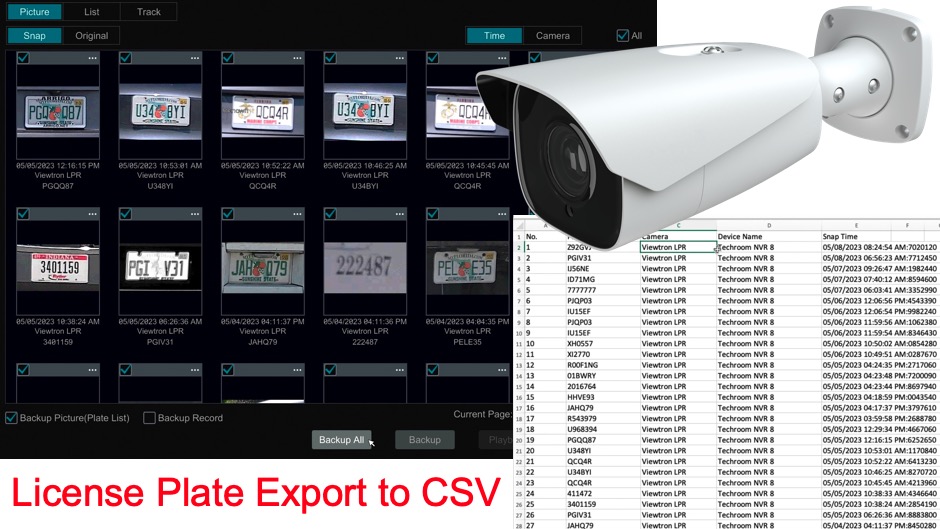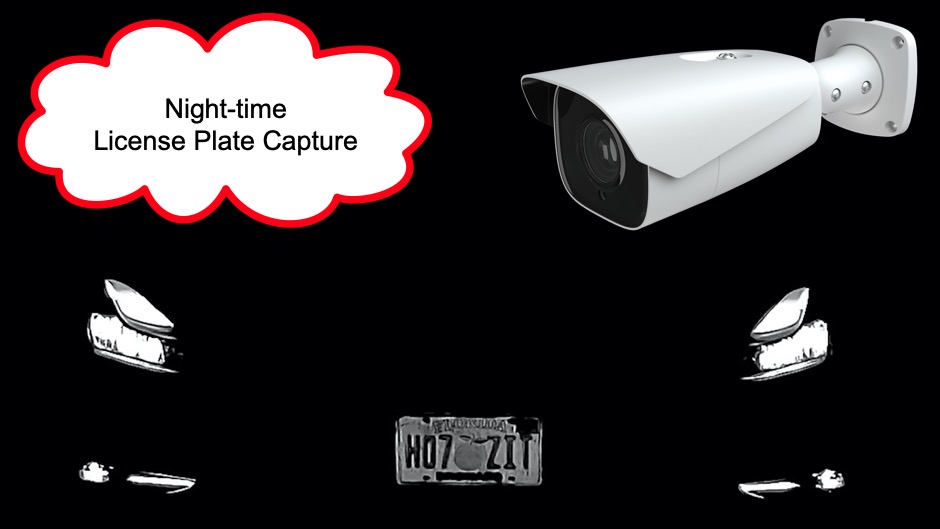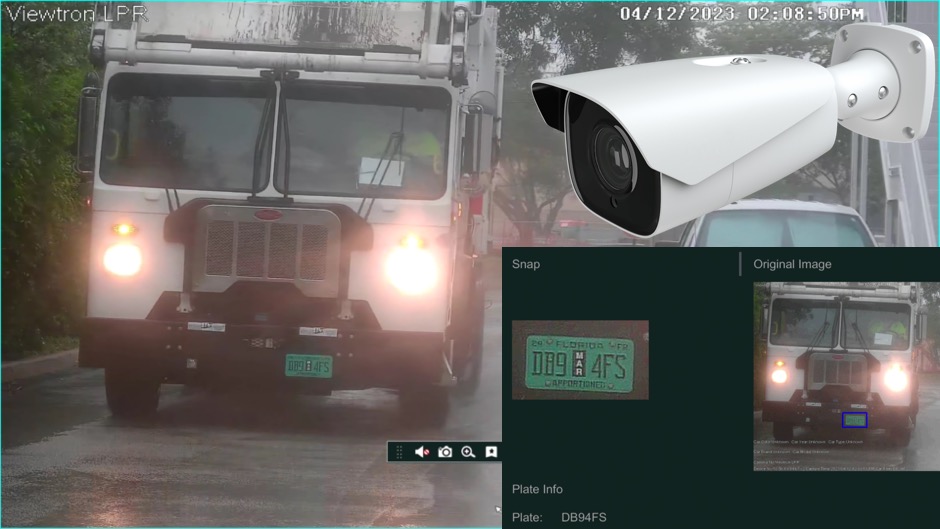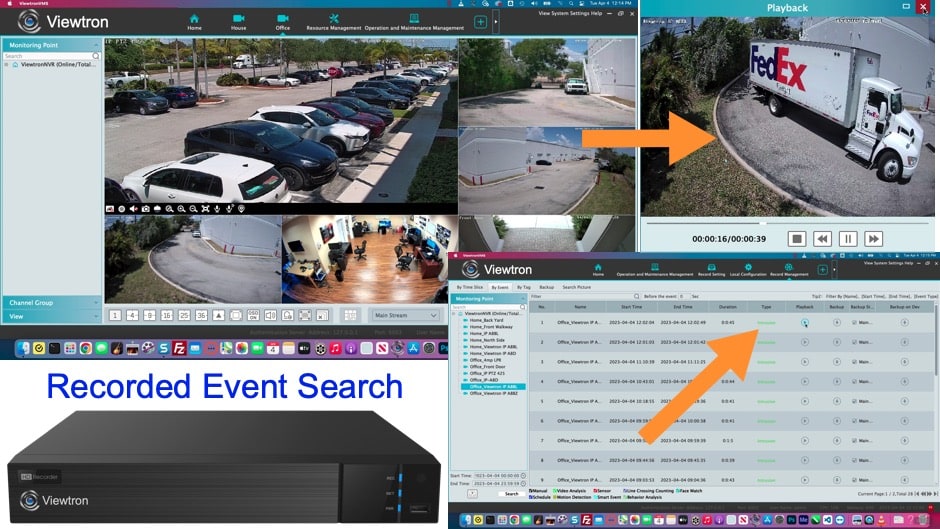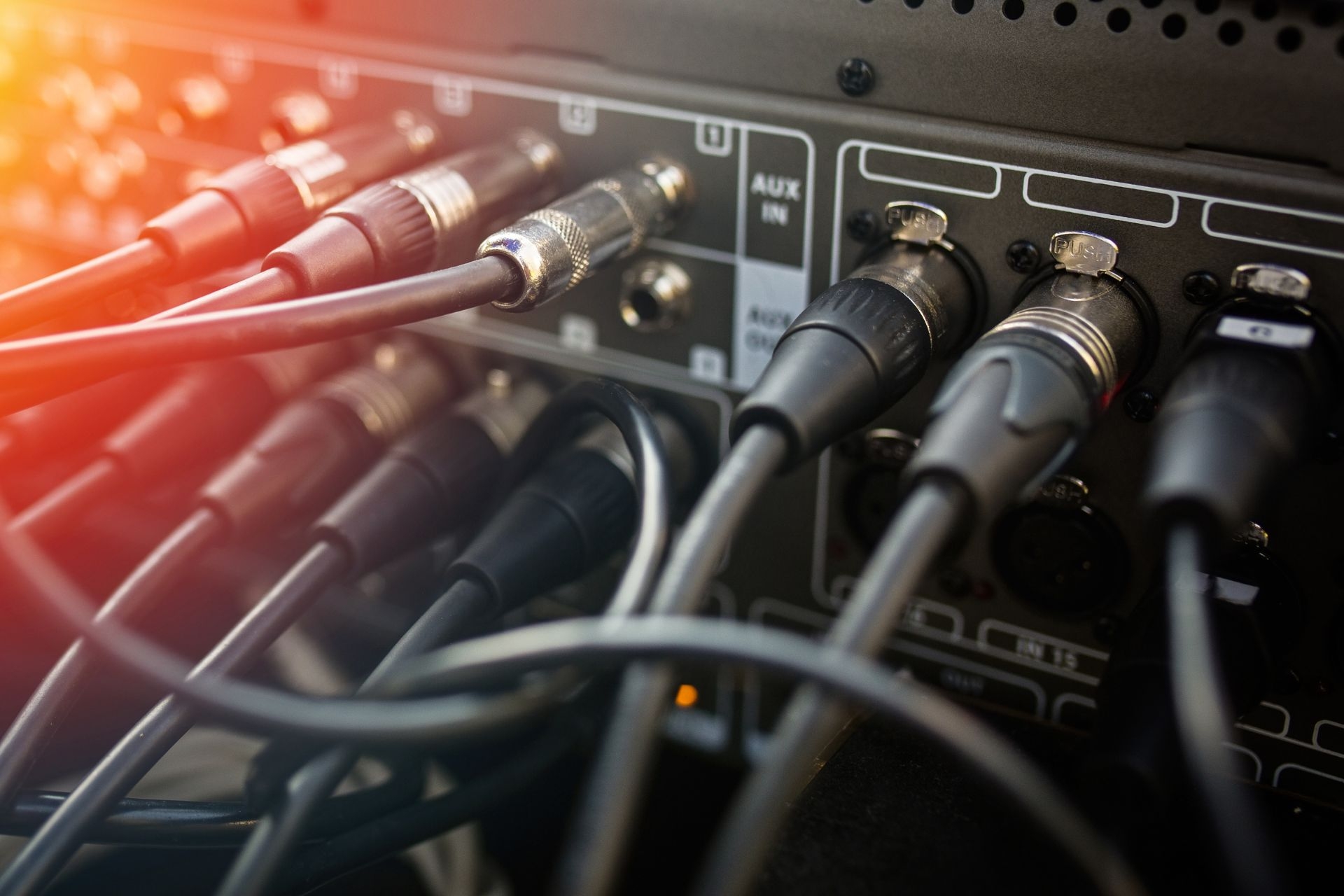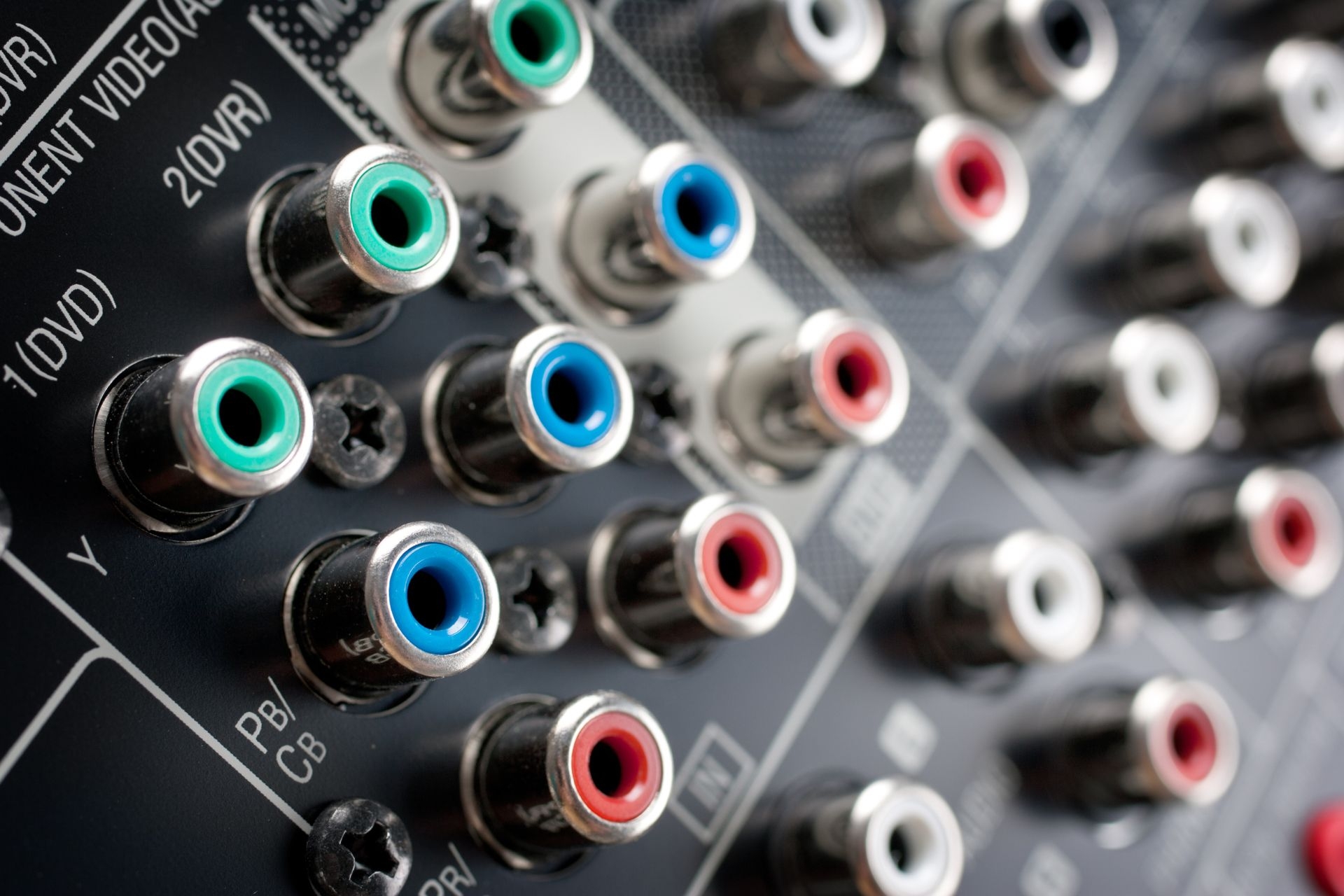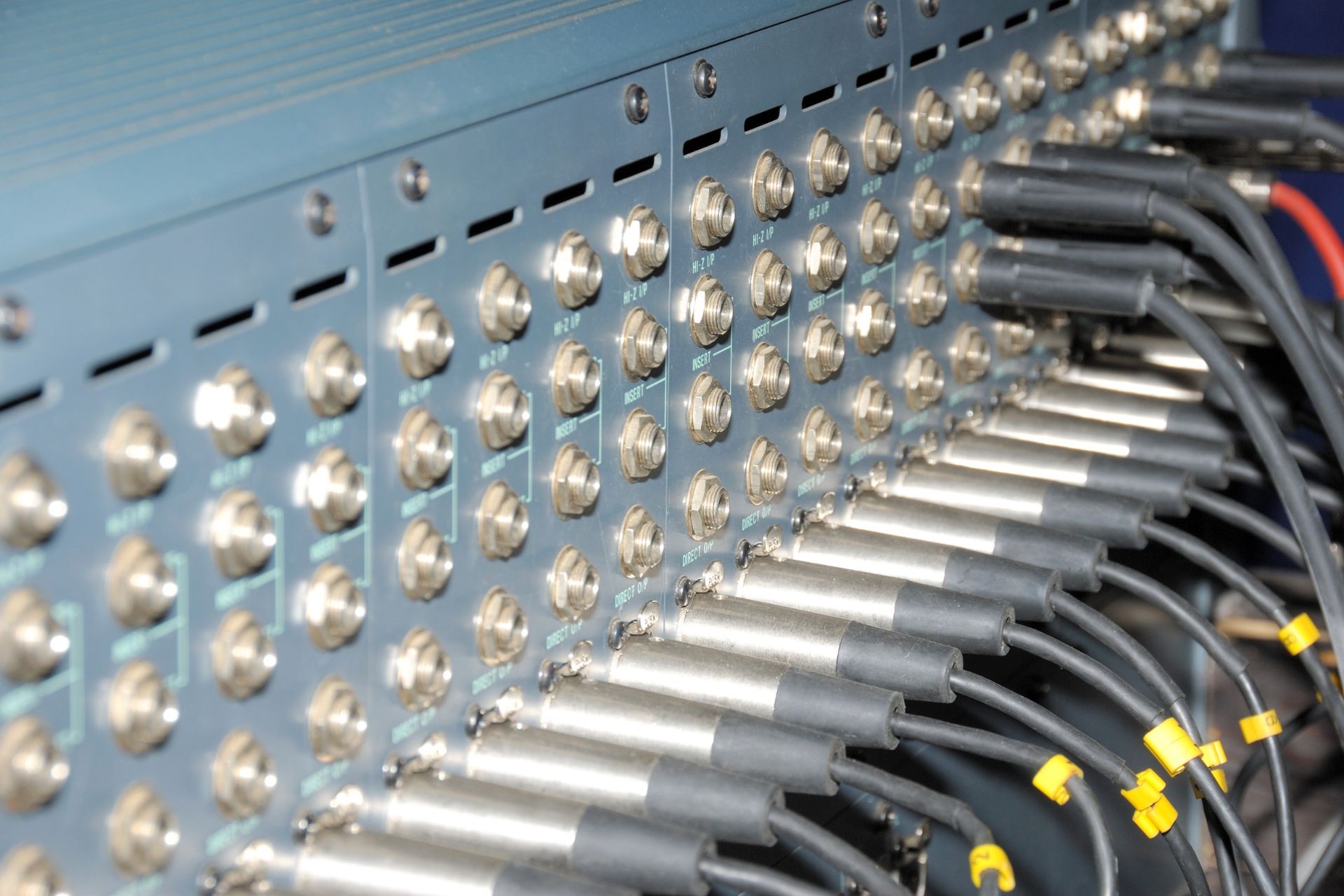Emergency Response Integration
How can emergency response teams integrate communication systems to improve coordination during a crisis?
Emergency response teams can integrate communication systems by utilizing advanced technologies such as radio systems, satellite phones, and mobile applications. These systems allow for real-time communication and information sharing among team members, enabling better coordination during a crisis. Additionally, the use of interoperable communication systems ensures that different agencies can communicate seamlessly, improving overall response efforts.
